Table of Contents
- Why Canine First Aid Matters
- First Aid Basics Every Dog Parent Should Know
- Common Emergencies & What to Do Immediately
- First Aid Gear: Build a Dog Emergency Kit
- Special Notes for Puppies & Senior Dogs
- Training & Preparing for the Real Thing
- FAQ
- Conclusion
Why Canine First Aid Matters
Emergencies can happen anytime—on a walk, in the yard, or right at home. A cut paw, poisoning, or breathing trouble requires fast, calm action. Knowing first aid gives your dog the best chance until a veterinarian takes over. First aid never replaces vet care, but it bridges those critical minutes that can save a life.
First Aid Basics Every Dog Parent Should Know
Before specific techniques, get comfortable with these fundamentals:
- Check vital signs: Breathing rate, femoral pulse (inside the thigh), and temperature. Normal temperature is about 101–102.5 °F (38–39 °C).
- Recovery position (lateral recumbency): If unconscious, lay your dog on their side, gently extend the head and neck to keep the airway open.
- Apply a bandage: Rinse minor wounds with clean water, place a sterile pad, and wrap without cutting off circulation. Recheck toes/gums for healthy color.
- Safe transport: Keep the dog as still as possible. Use a blanket or board as a stretcher and avoid worsening injuries.
Common Emergencies & What to Do Immediately
Injuries & Bleeding
Flush small wounds with clean water and cover with a sterile pad. For heavy bleeding, apply direct pressure with a dressing and wrap a pressure bandage. Seek a vet immediately.
Poisoning
Signs: Vomiting, tremors, lethargy, drooling. Do not give home remedies or induce vomiting unless a vet or poison control instructs you. Call your veterinarian or a poison control line at once and, if possible, take the product label with you.
Heatstroke (Overheating)
Move to shade, offer small amounts of cool (not cold) water, and wet the paws, belly, and head with cool water. Cool gradually and see a vet promptly.
Hypothermia (Overcooling)
Wrap in a warm, dry blanket and warm gradually. Avoid direct heat sources (heaters, hair dryers). If shivering is severe or the dog is lethargic, contact your vet.
Breathing Trouble & Collapse
Check the airway for obstructions and gently remove visible objects if safe. Place in the recovery position. If not breathing, begin rescue breathing (mouth-to-nose). If there is no heartbeat, start CPR (chest compressions) and head to the vet.

First Aid Gear: Build a Dog Emergency Kit
Keep one kit at home and a smaller version in your car. Essentials include:
- Sterile gauze pads, non-stick pads, rolled gauze, and self-adhering bandage wrap
- Vet-safe antiseptic/cleanser
- Paw balm and wound ointment
- Tick remover (tool or card)
- Digital thermometer (rectal) with lubricant
- Blunt-tip scissors & tweezers
- Disposable gloves
- Emergency contacts list (primary vet, 24/7 ER clinic, poison control)
Special Notes for Puppies & Senior Dogs
Puppies: Higher risk for hypothermia, dehydration, and poisoning. Act quickly and call your vet sooner rather than later.
Seniors: More prone to cardiac issues, breathing challenges, and joint injuries. Move slowly and support the spine and hips during transport.
Training & Preparing for the Real Thing
When seconds count, familiarity breeds calm. Practice makes you faster and more confident.
- Take a class: A hands-on canine first aid/CPR course builds real skills.
- Drill the basics: Practice checking vitals and applying a simple bandage so it’s second nature.
- Stay composed: Dogs feel our stress. Speak clearly, move smoothly, and keep breathing.
FAQ
What if my dog ate something toxic?
Don’t induce vomiting unless a vet or poison control instructs you. Call your veterinarian or poison control immediately.
Can I perform CPR on a dog?
Yes—rescue breathing plus chest compressions. A certified course is the best way to learn proper technique.
What belongs in a dog first aid kit?
Bandage supplies, antiseptic, tick remover, thermometer, gloves, and emergency contacts. See the full checklist above.
Do I need the vet for every minor cut?
Small, superficial wounds can often be managed at home. For deeper cuts, heavy bleeding, or any poisoning signs, see a veterinarian right away.
Conclusion
Canine first aid is essential knowledge for every dog parent. With calm actions, a few practiced techniques, and a well-stocked kit, you can make a life-saving difference until veterinary care takes over. Regular preparation and a clear plan help you protect your dog—and act with confidence when it matters most.


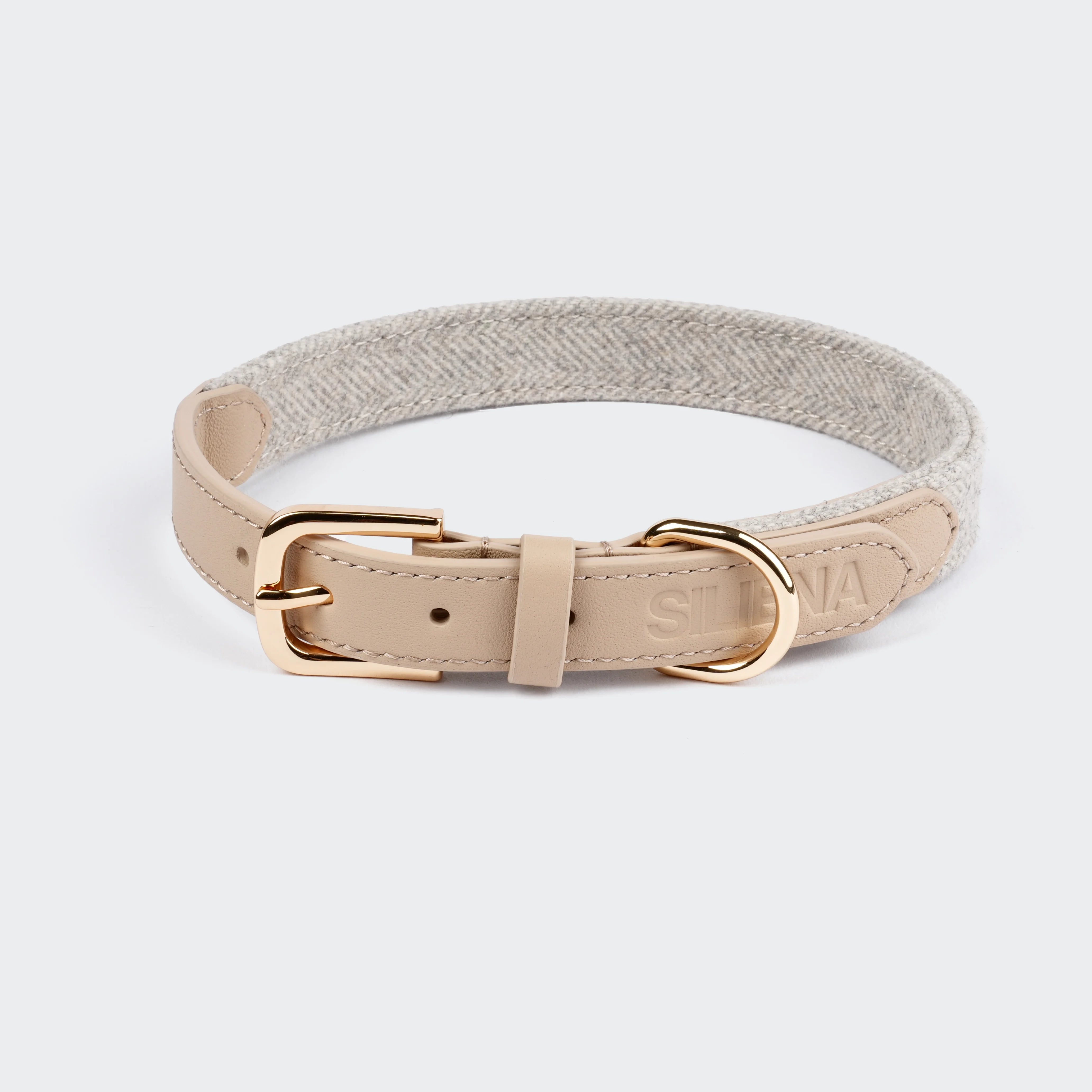
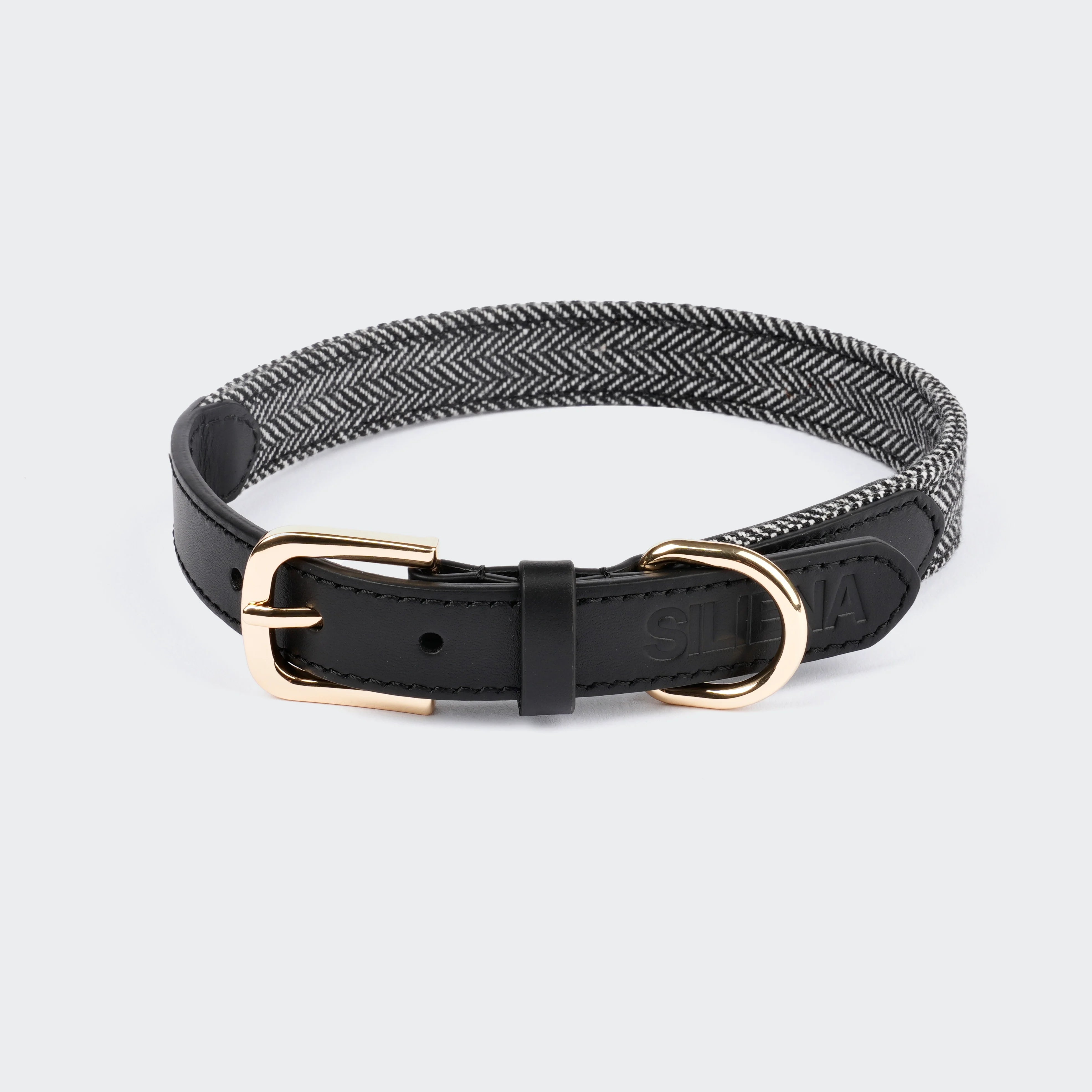
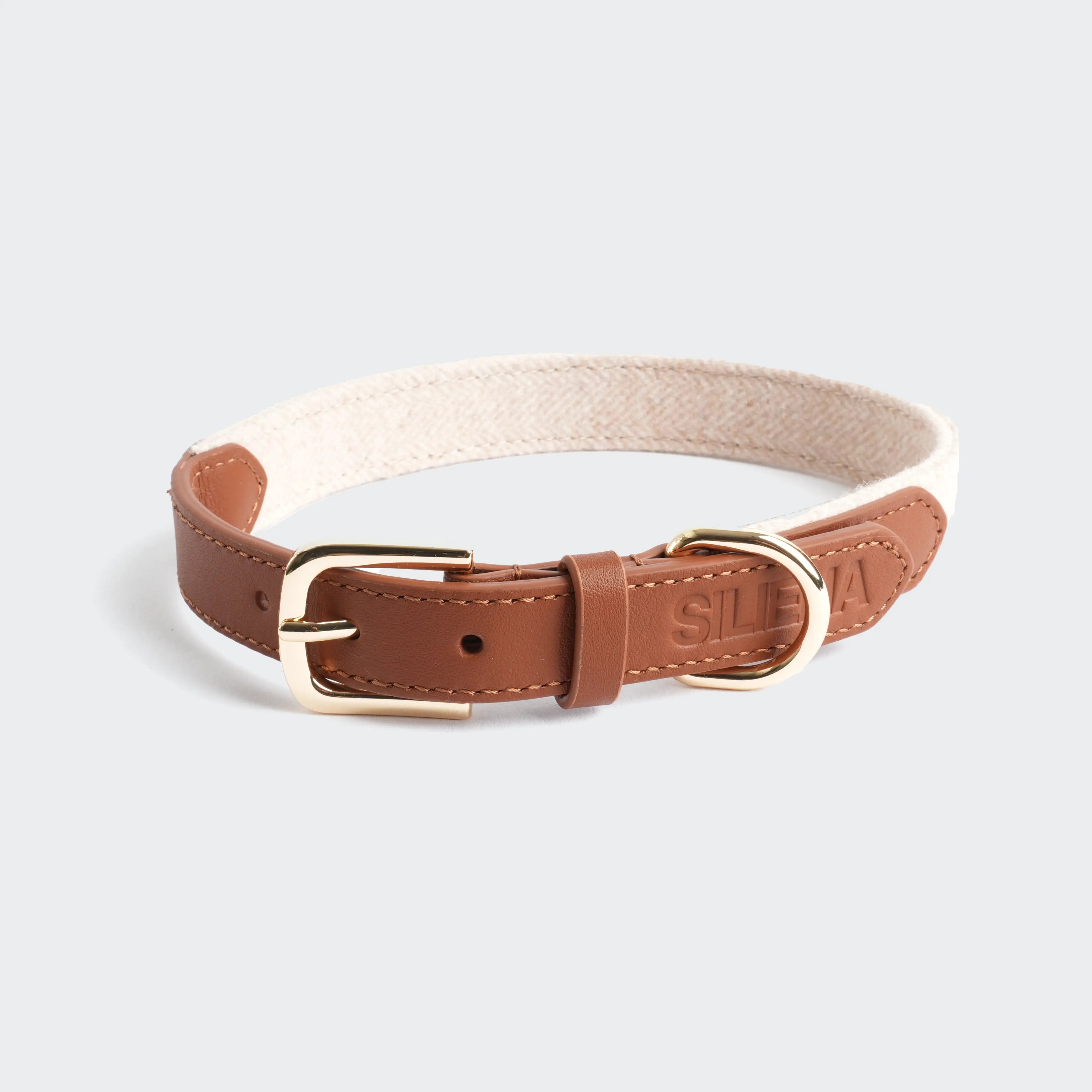
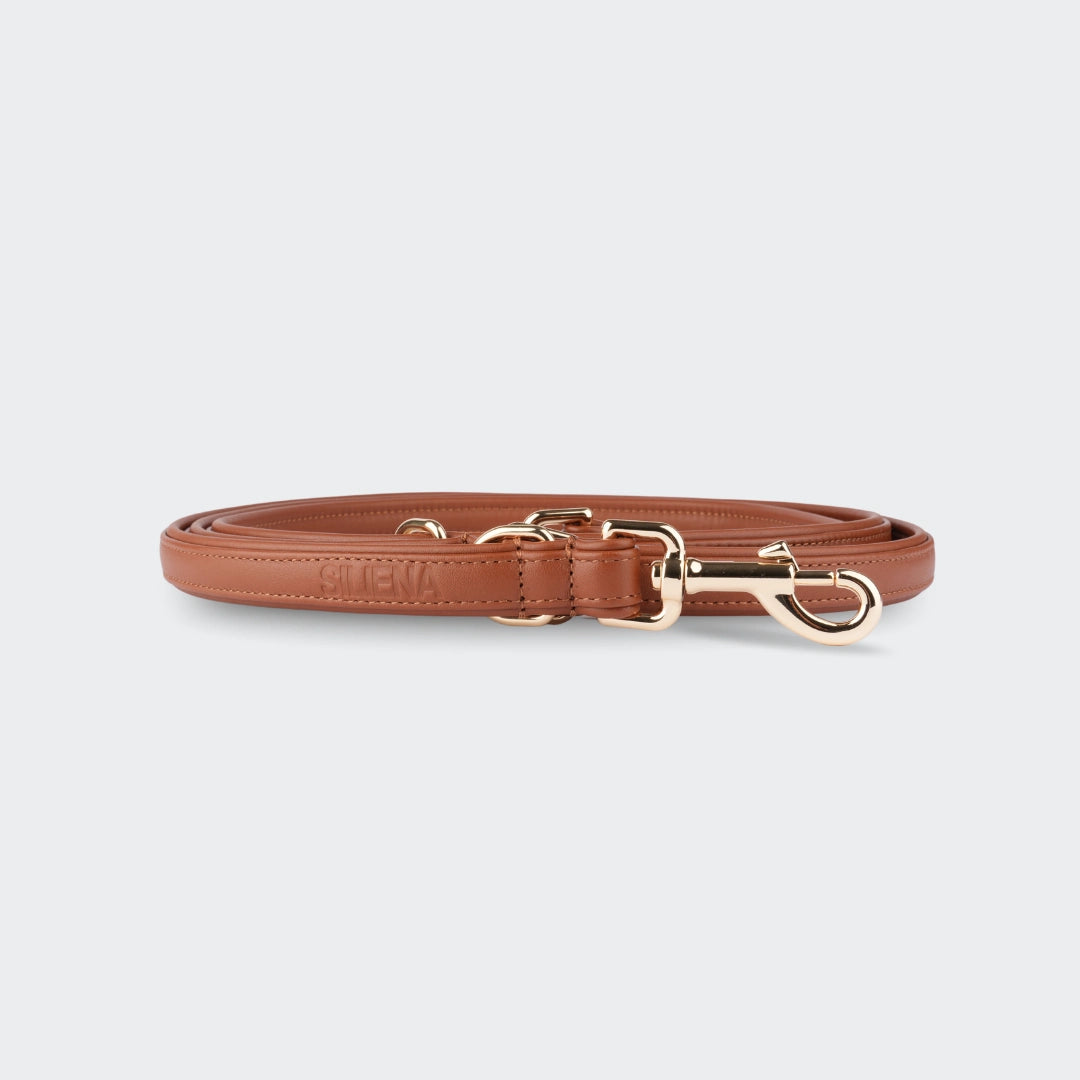
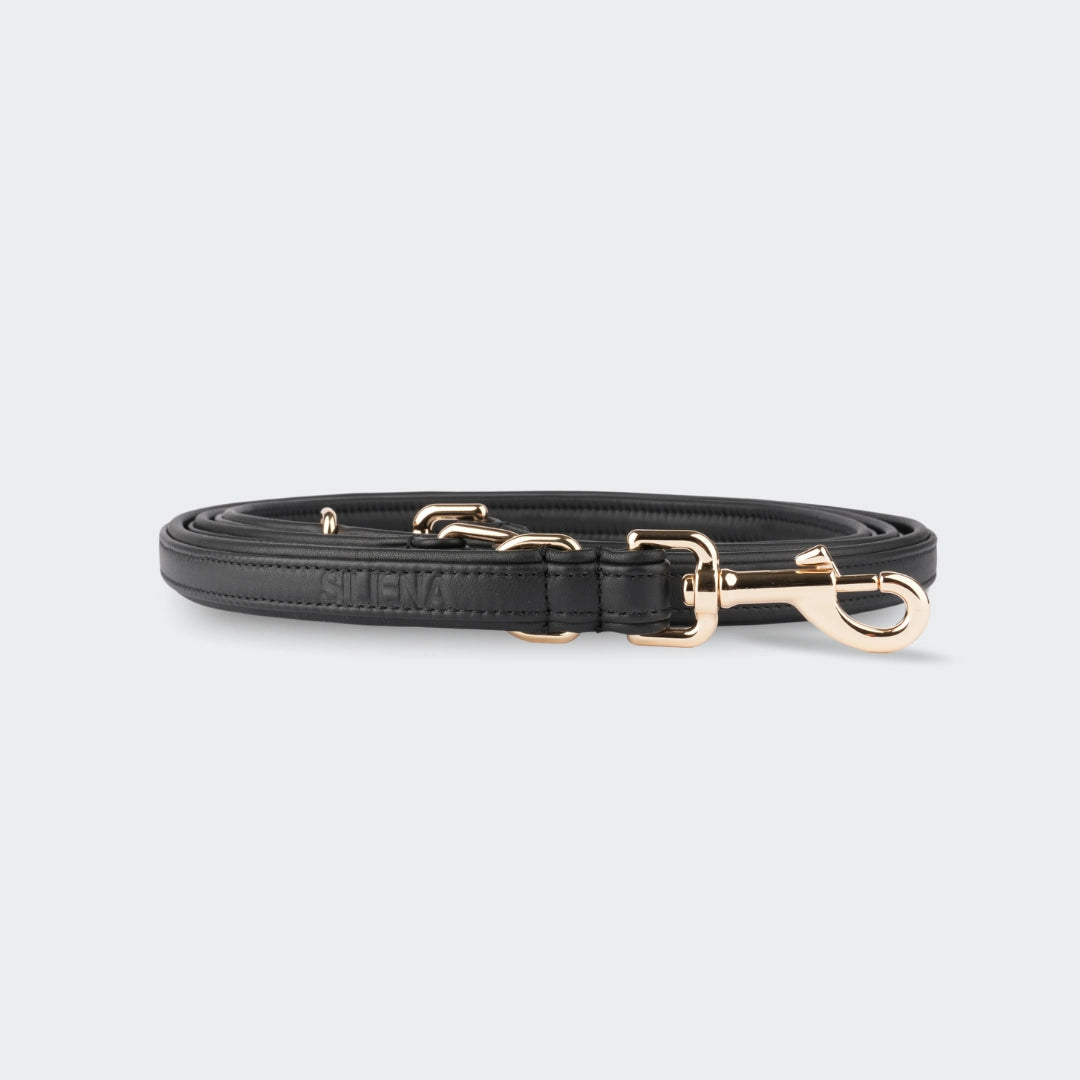

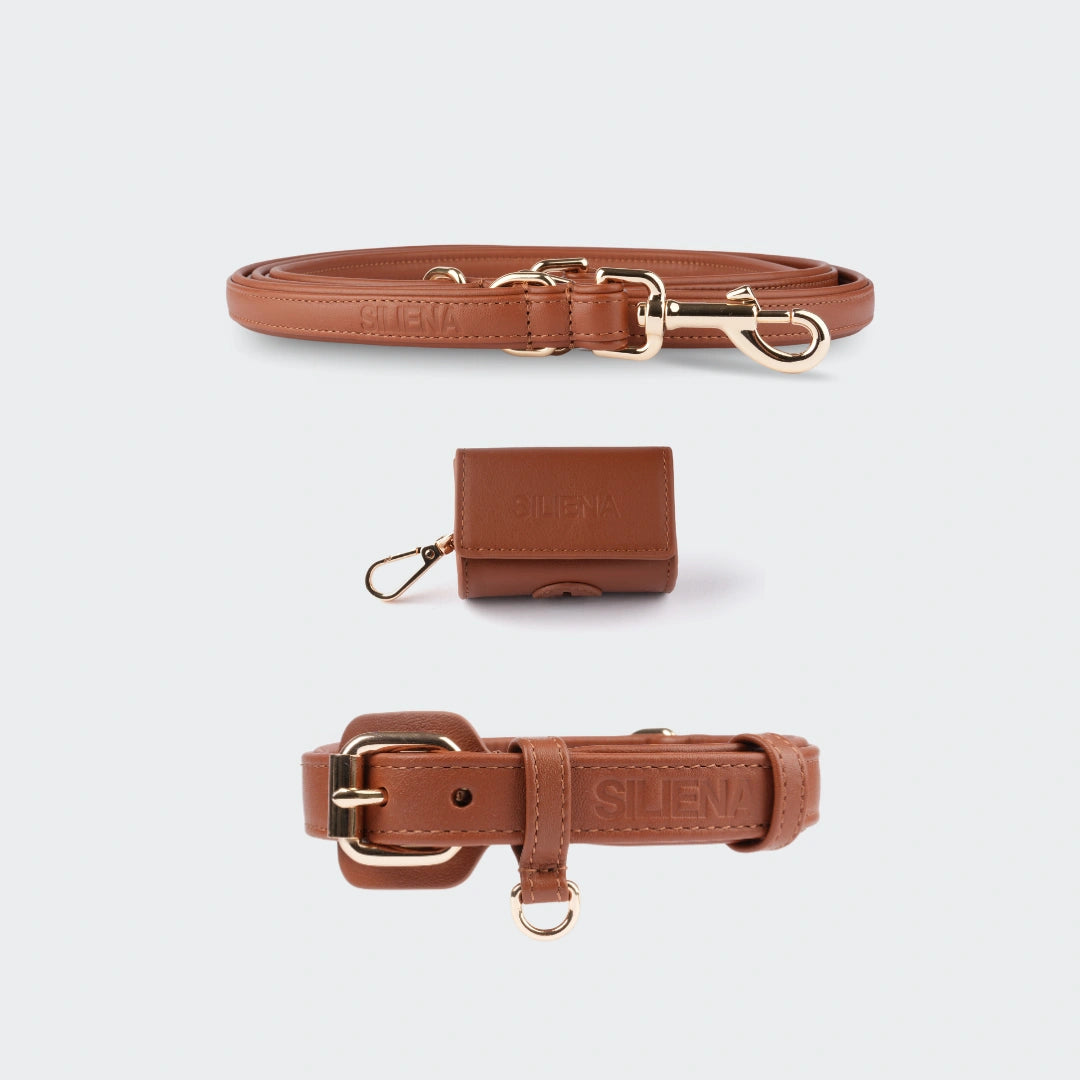
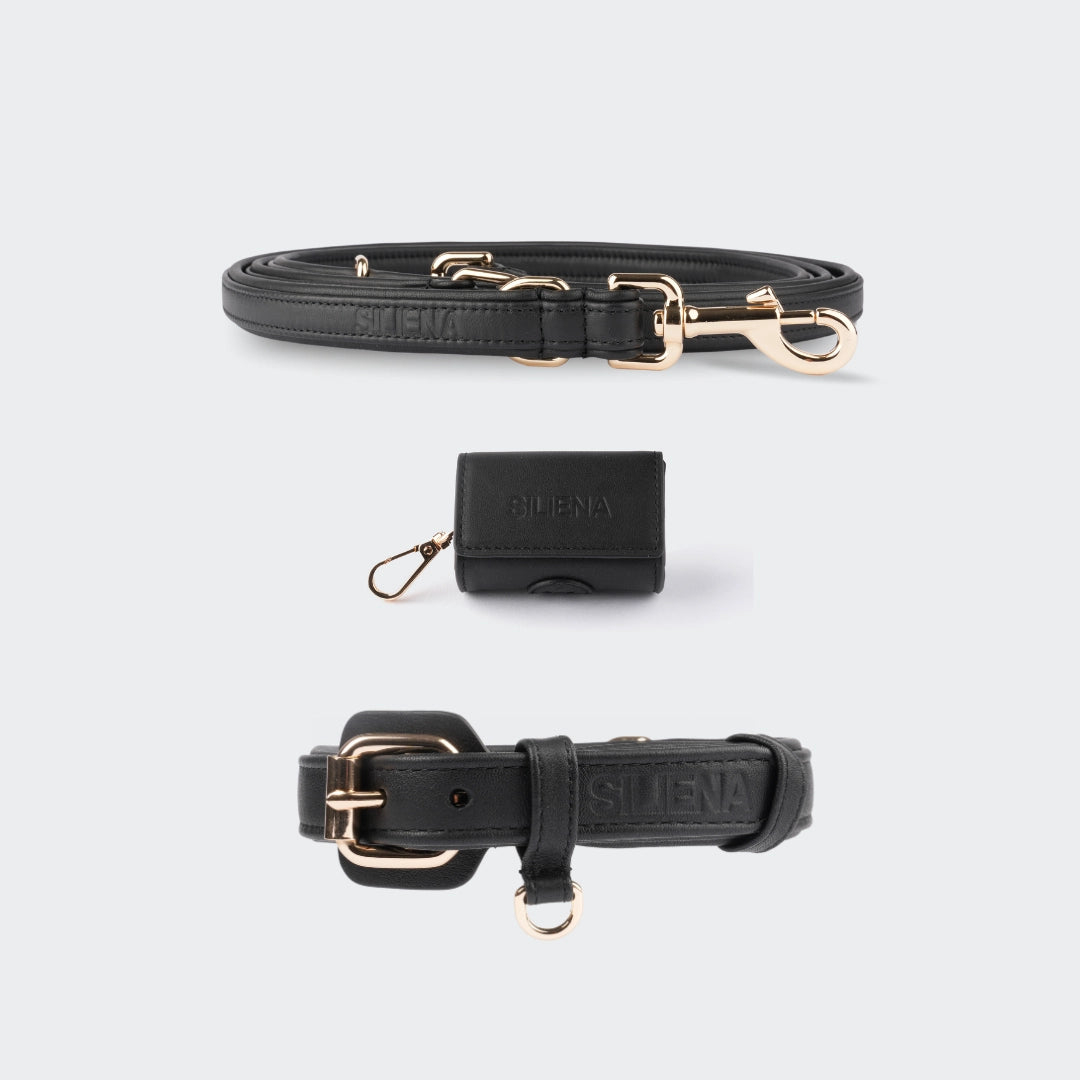
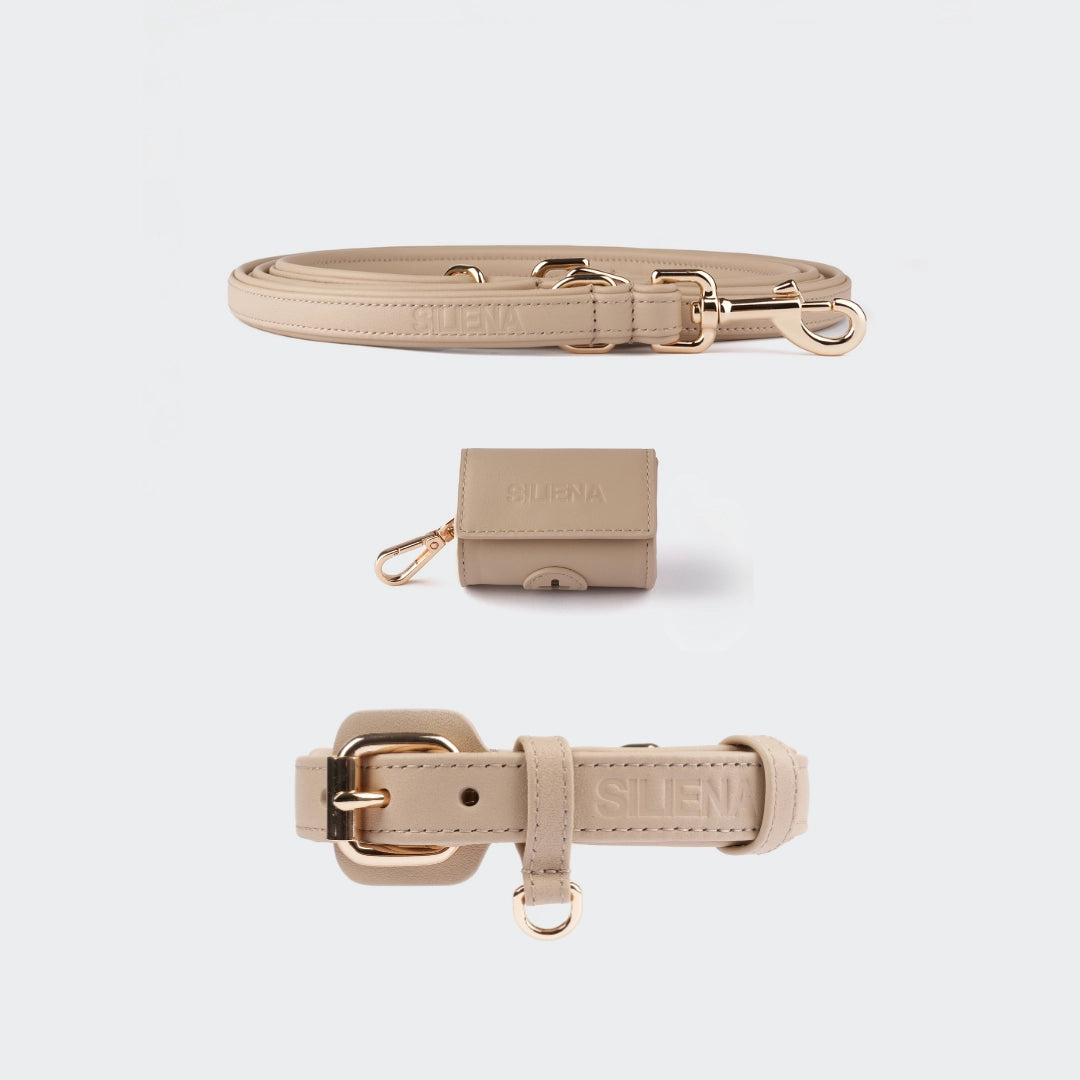
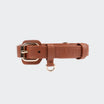
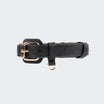










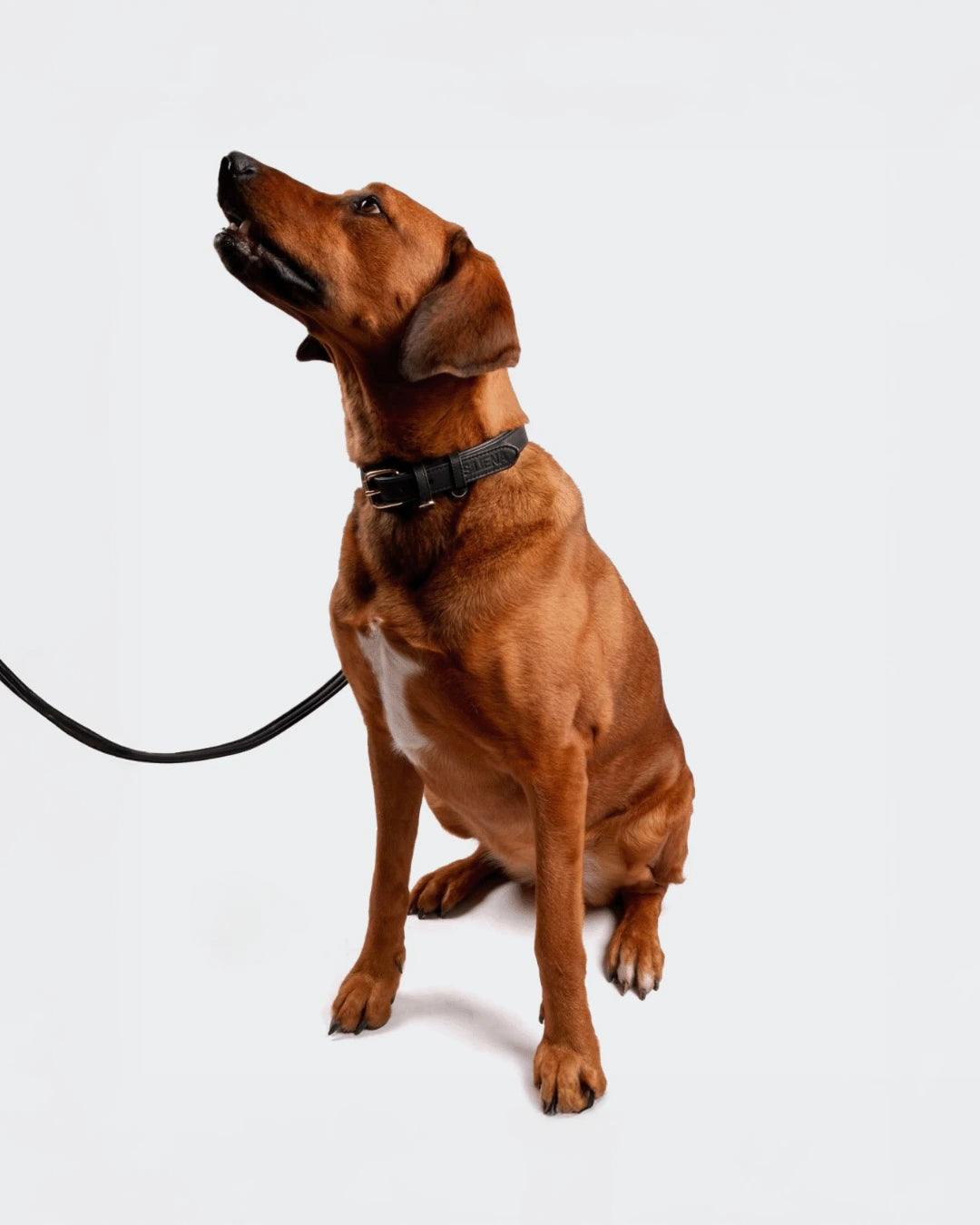
Leave a comment
This site is protected by hCaptcha and the hCaptcha Privacy Policy and Terms of Service apply.